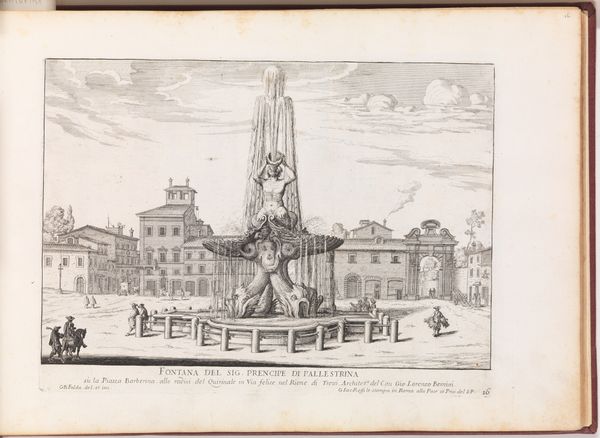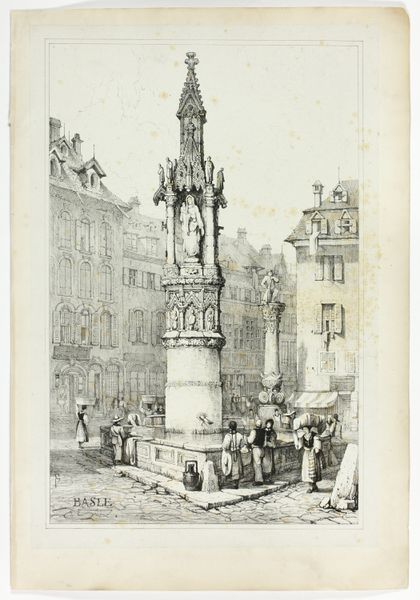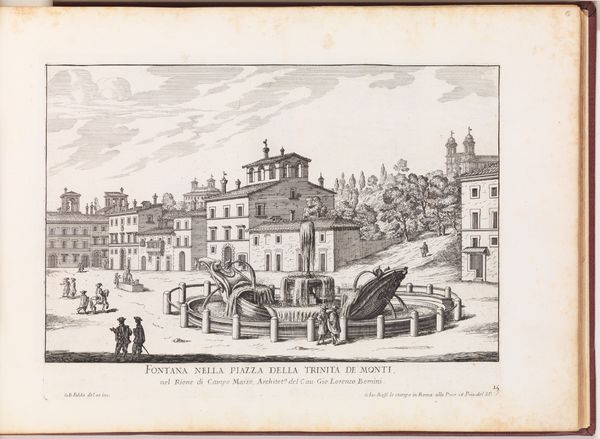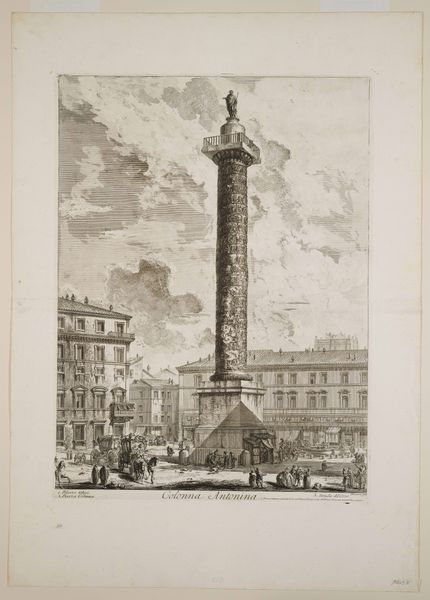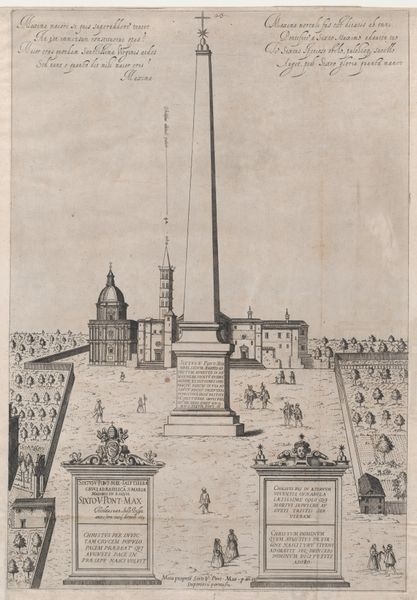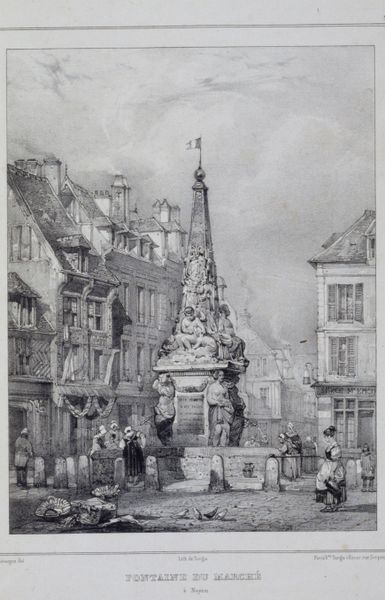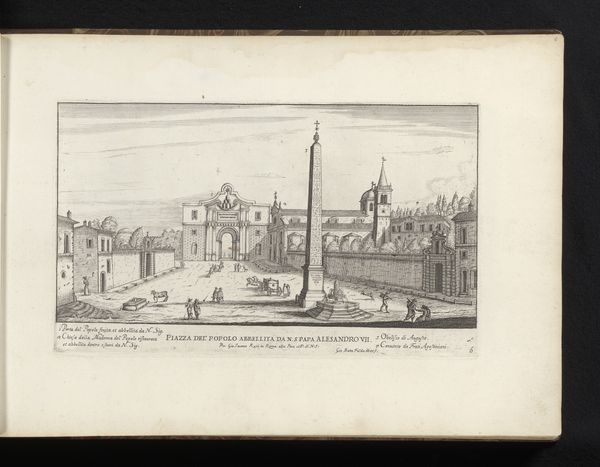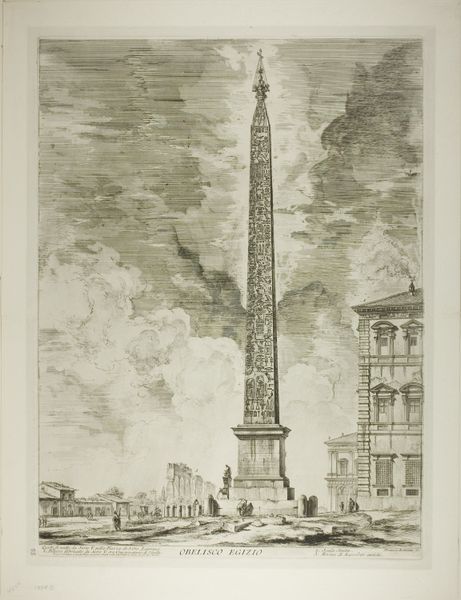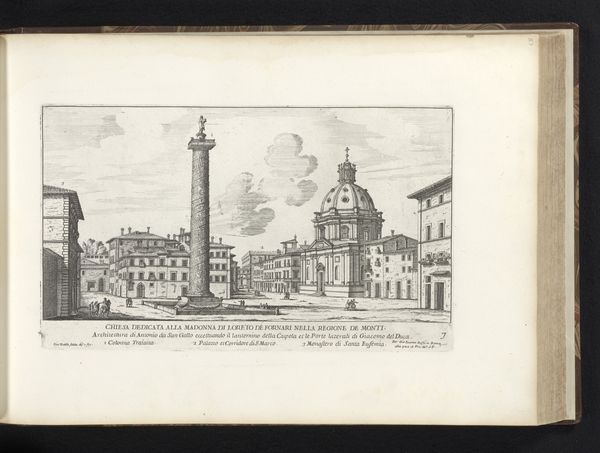![Fontana in Piazza Navona [Fontana dei Quattro Fiumi], from "La Fontane di Roma nelle Piazze e Luoghi Publici (...)" by Giovanni Battista Falda](/_next/image?url=https%3A%2F%2Fd2w8kbdekdi1gv.cloudfront.net%2FeyJidWNrZXQiOiAiYXJ0ZXJhLWltYWdlcy1idWNrZXQiLCAia2V5IjogImFydHdvcmtzLzFlMzc0M2ZmLTk5NWQtNGQyZS04NmM4LWM0YjcwNTI1ZWY0Ni8xZTM3NDNmZi05OTVkLTRkMmUtODZjOC1jNGI3MDUyNWVmNDZfZnVsbC5qcGciLCAiZWRpdHMiOiB7InJlc2l6ZSI6IHsid2lkdGgiOiAxOTIwLCAiaGVpZ2h0IjogMTkyMCwgImZpdCI6ICJpbnNpZGUifX19&w=3840&q=75)
Fontana in Piazza Navona [Fontana dei Quattro Fiumi], from "La Fontane di Roma nelle Piazze e Luoghi Publici (...)" 1691
0:00
0:00
drawing, print, engraving, architecture
#
drawing
#
aged paper
#
toned paper
#
baroque
# print
#
cityscape
#
engraving
#
architecture
#
building
Dimensions: Plate: 11 1/8 x 8 9/16 in. (28.2 x 21.7 cm)
Copyright: Public Domain
This is Giovanni Battista Falda’s etching of the Fontana dei Quattro Fiumi in Piazza Navona. It was made in Rome in the second half of the 17th century, a period when the city's urban landscape was being reshaped by the ambitions of powerful popes. The image is interesting for what it reveals about the public role of art at that time. The fountain itself, designed by Bernini, was a statement of papal authority, intended to impress locals and visitors alike. Falda's print, as part of a series dedicated to Roman fountains, served to disseminate that message further. It played a crucial role in shaping perceptions of the city and its rulers. To understand this image better, we might consult archives, diaries, and other documents that shed light on the social and political context in which it was produced. By doing so, we can appreciate how art is not simply an aesthetic object, but a cultural artifact embedded in a specific time and place.
Comments
No comments
Be the first to comment and join the conversation on the ultimate creative platform.


